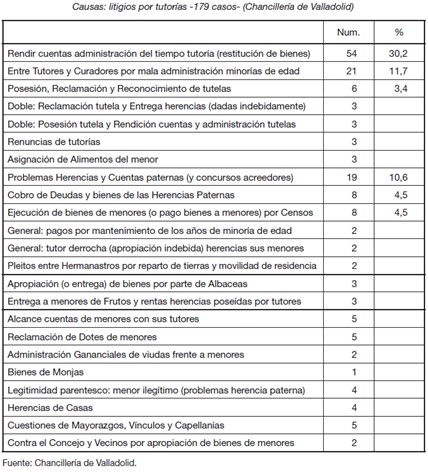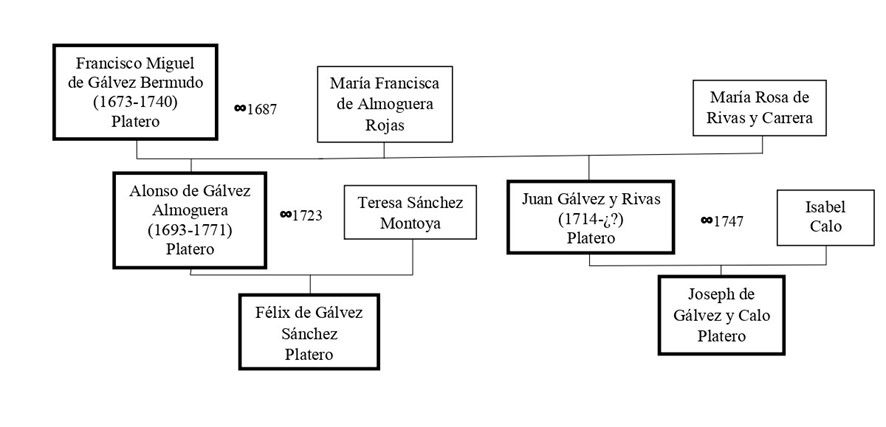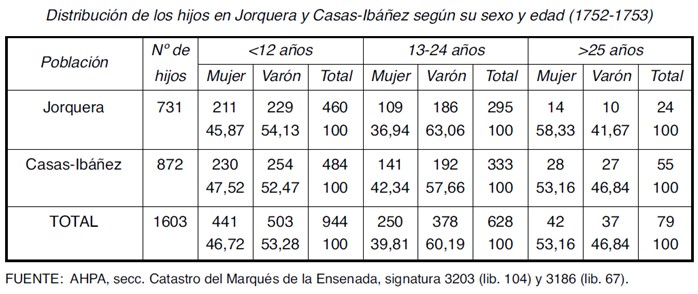
For the elaboration of this resource the author uses secondary sources that compile the population of the Crown of Castile between 1591 and 1787. The historical sources used were the Censo de Millones (1591), Censo de la Sal (1631), Vecindario de 1683, Catastro del Marqués de la Ensenada (1752) and the Censo de Floridablanca (1787). In general terms, the population increased in these two centuries, from 5,302,000 to 7,298,000 inhabitants, with periods of demographic decline explained by the crises of the 17th century. Between 1591 and 1683 the growth rate was negative, -0.27, although the decline was not generalised; Galicia and the Cantabrian coast increased their population in this period. The great leap was between 1683 and 1752 with a growth rate of 0.47, a positive differential of 1,822,000 inhabitants. In the first half of the 18th century, the territories of Andalusia, Extremadura and both Castiles recovered, with growth slowing down in the second half of the century, and even falling between 1760 and 1770 in Castile la Nueva.
Collection: Statistics
Project: 3. Rural world and urban world in the formation of the European identity., 4. Family, daily life and social inequality in Europe.
Chronology: XVI, XVII, XVIII
Scope: Secondary Education, Baccalaureate, University
Resource type: Statistics
Format: Table
Source: Lanza García, R. (2005). "El vecindario de 1683: una fuente inédita para el estudio de la población de la Corona de Castilla", en Revista de Historia Económica, XXIII, nº 2, p. 360.
Language: Spanish
Date: 2005
Owner: Pablo Ballesta Fernández (Modernalia)
Copyright: ©Revista de Historia Económica ©Ramón Lanza García
Abstract: Resource showing the evolution of the population of the Crown of Castile during the Modern Age using different historical sources.
Image
Tags








